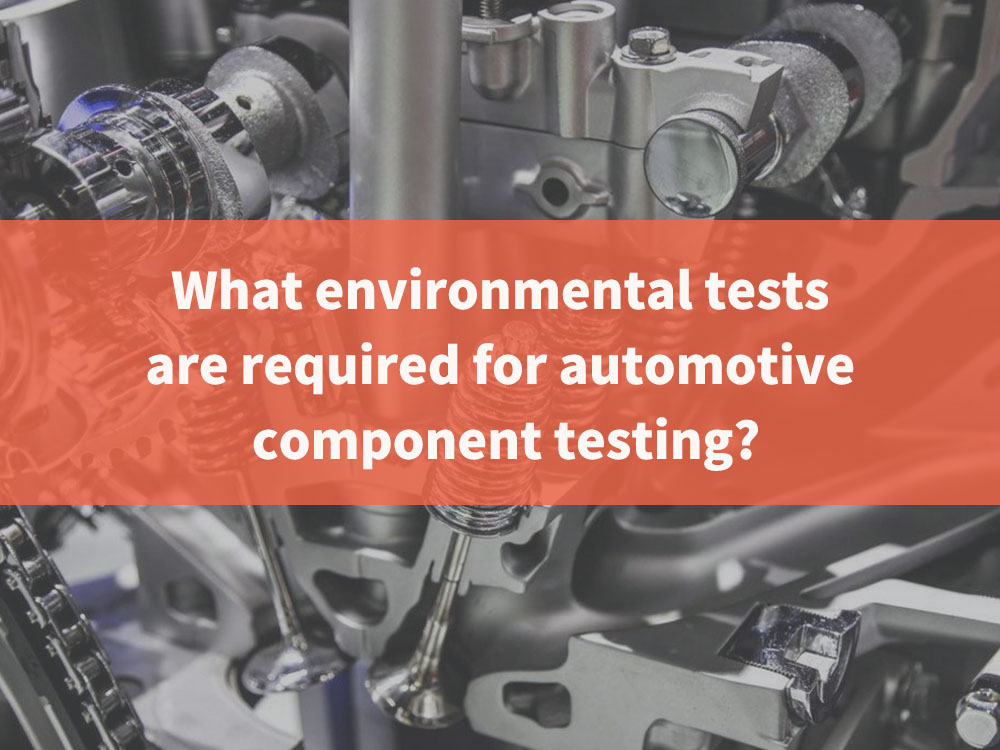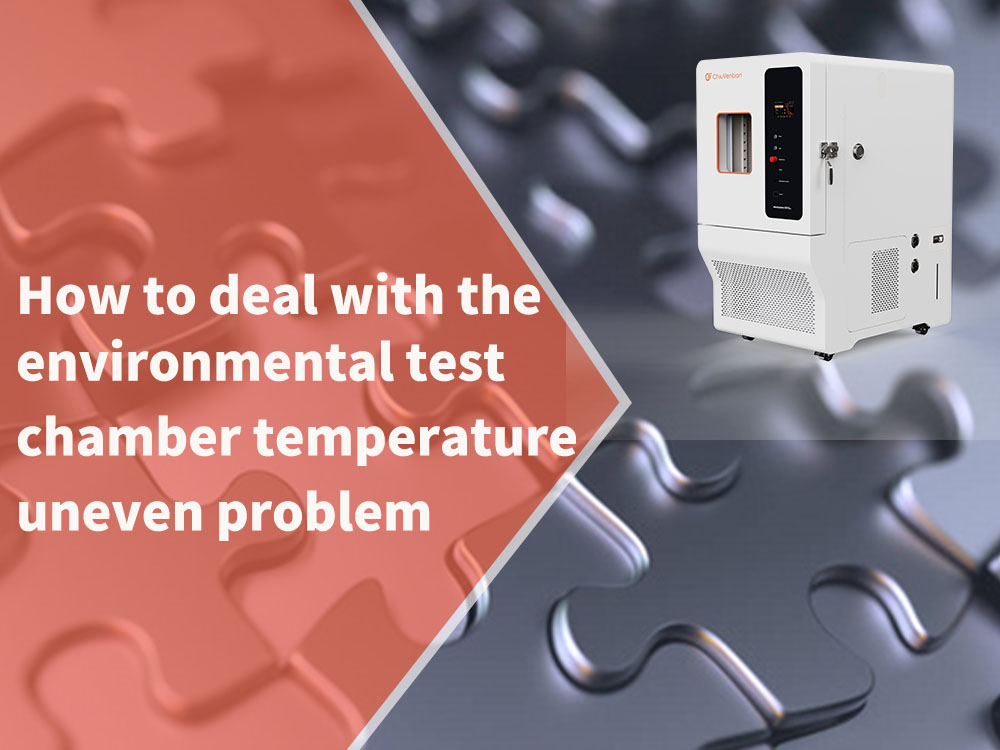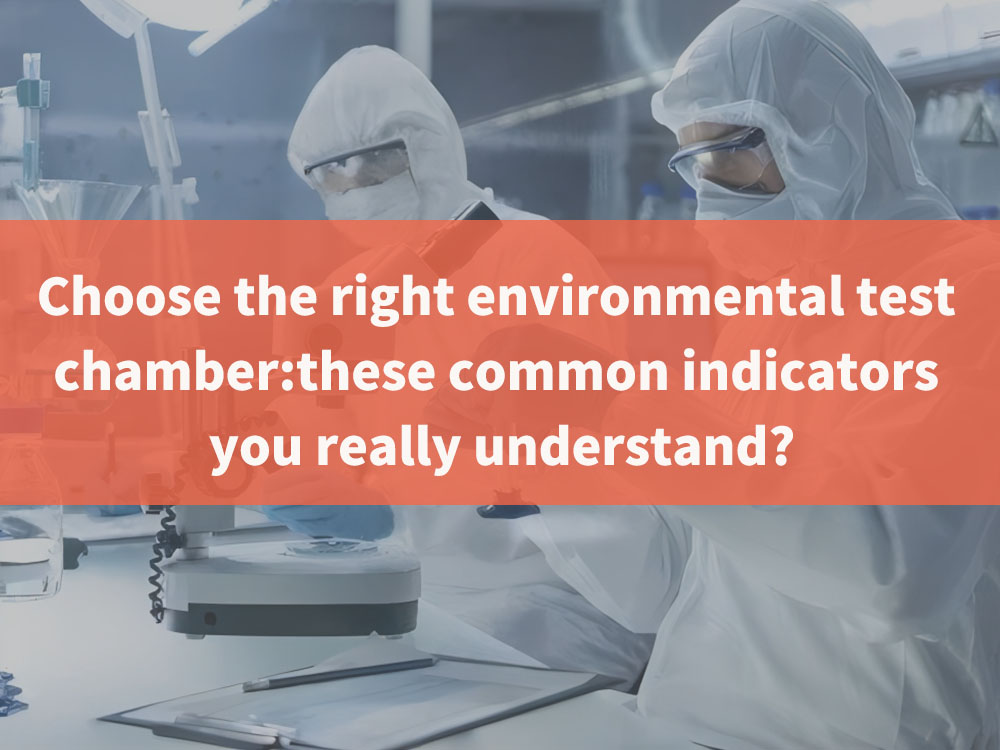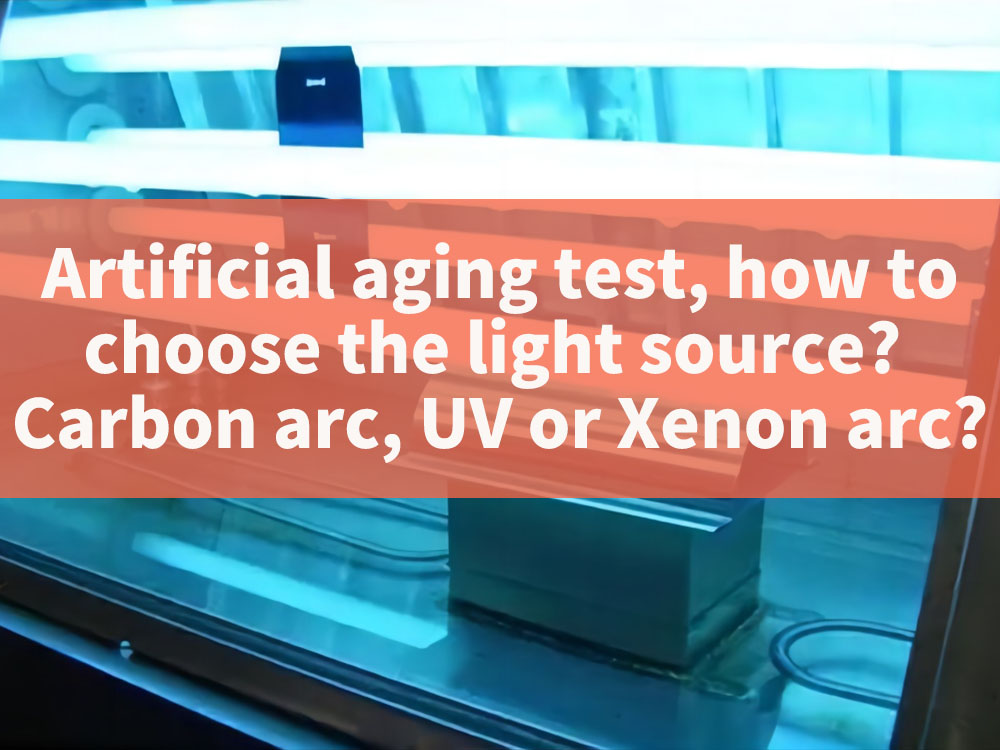The salt spray test chamber is also known as a salt spray tester. Its full name is salt water spray tester. It is mainly used to test the corrosion resistance of the sample. It is now widely used in aerospace and car electronics. And it is also used in electrical engineering, phone tech, plastics, and…
Category Archives: Blog
1. First of all, we have to figure out what is the environmental test? We test cars to make the weathering stress of the environment worse. This ages and breaks car parts. It shows us how well the parts can handle these stresses (like temperature, humidity, light, rain, impact, salt spray, etc.). Cars face this…
When selecting a hot and humid box, pay attention to its performance parameters. These include the temperature range, uniformity, volatility, warming speed, and cooling rate. They also include other factors. They determine if the box can meet the test’s conditions. Uniformity is important in these factors. We need to pay special attention to it. We…
Nowadays, the requirements for product quality are becoming increasingly stringent in various industries. Environmental test chambers are important tools. They ensure product performance and reliability. This fact is clear. It applies to aerospace, military research, weapons, and equipment. It also applies to 5G semiconductors, and the electrical and electronic industries. They all need to do…
How textiles age. It is the effect of heat, humidity, light, air, and other factors on textile properties. Textiles undergo these changes when they are used or stored. They include color and physical changes, such as breaking strength. The methods for testing textile aging now focus on light. The test standards and principles are as…
1.The choice of artificial accelerated aging test conditions In the process of using polymer materials, various factors such as aging factors, climate environment, and others may play a role in their aging. If we know the main factors of aging in advance, we can select the test method. We can determine the test method by…
A salt spray tester is a type of equipment. This test is used to measure how well materials and products withstand salty, corrosive air. It is common in industries like automotive, electronics, and aerospace. Correct maintenance can extend the service life of the salt spray corrosion tester. Test preparation Open the lid. Put the sample…
Manufacturers produce auto glass sunshade film as a type of plastic film product, mainly using polyester film and going through processes such as body dyeing, injection of ultraviolet absorber, coating, and laminating. This material is highly favoured by consumers because of its excellent heat insulation and sun protection. Auto glass sunshade film on the car…
Science and technology are progressing. People use electronic products more frequently. So, they demand chip reliability more. Thus, aging tests are indispensable. Principle of chip aging test system The IC chip aging test system is based on the physics of electronic device aging. It simulates the chip’s long-term working environment for testing. During long…
Solar power systems depend on photovoltaic panels. The panels’ lifespan directly decides the systems’ performance and economic benefits. Testing PV panels is long-term. It is stable and reliable. It tests their materials, cells, construction, and performance. The goal is to assess their long-term stability and durability. Currently, we use two tests to test PV panel life. We…









